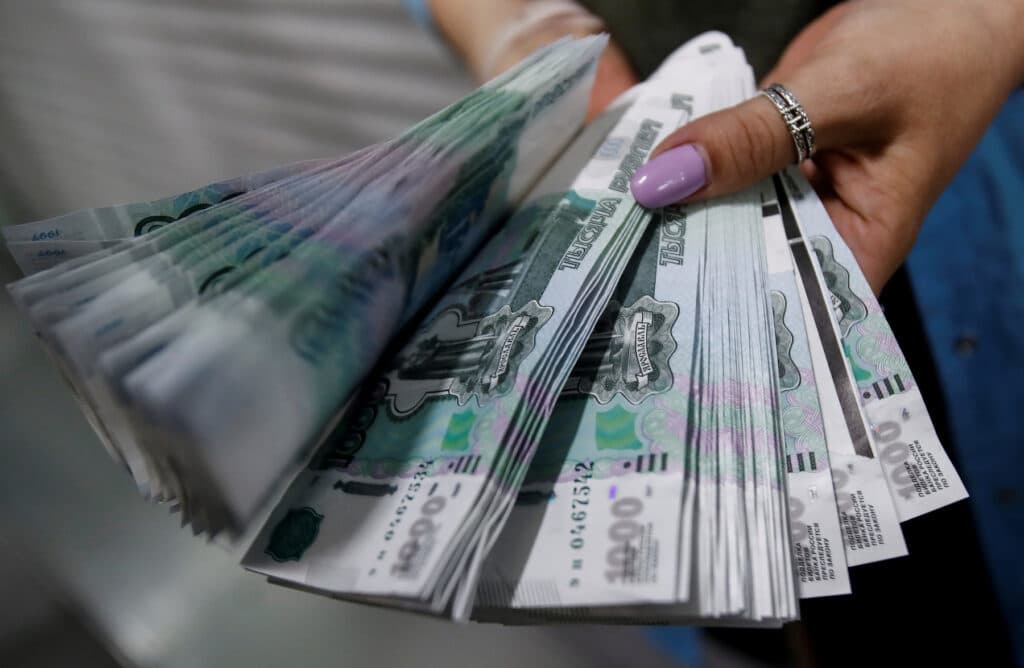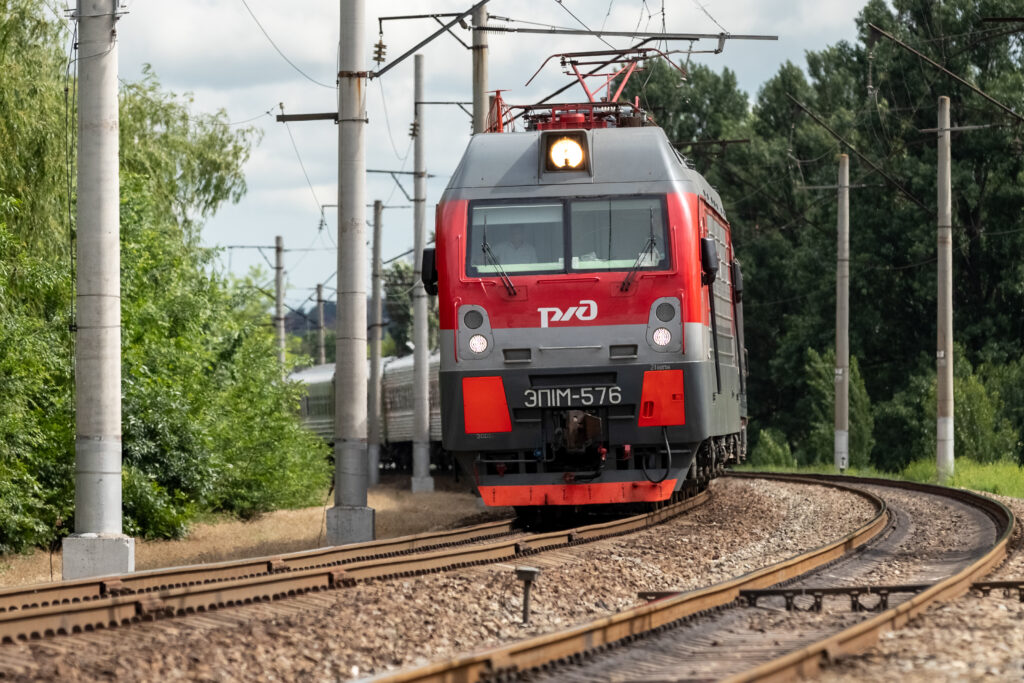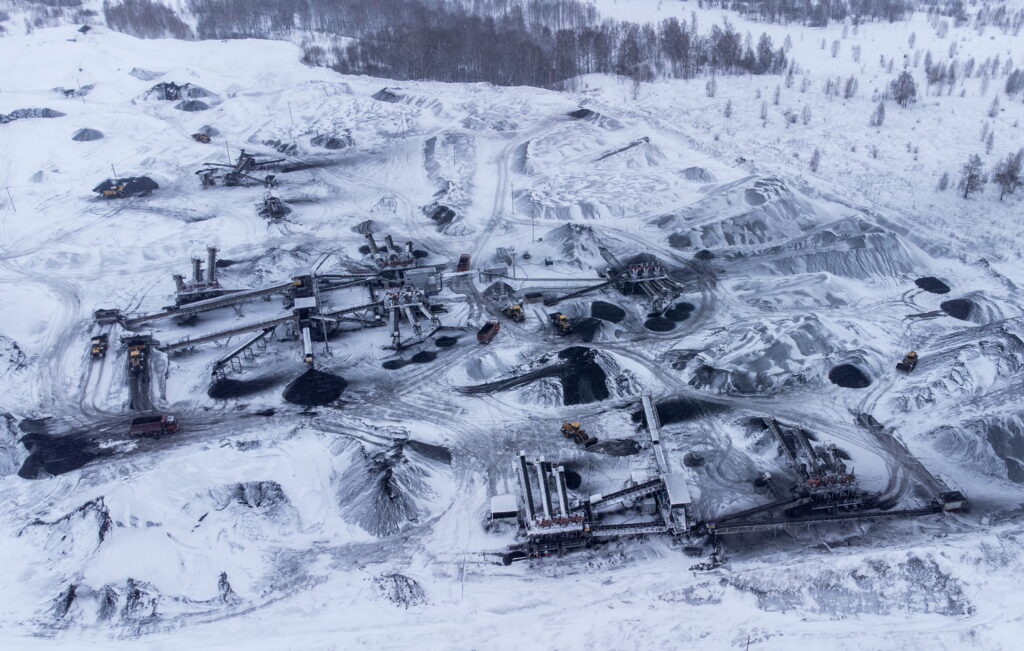During the peak of the first COVID-19 wave in April and May, economists feared that Russia’s GDP would fall by 8–10% by year end. However, the non-working days throughout April and part of May remained the lowest points for economic indicators. When lockdown restrictions were lifted, the economy began to improve. As a result, in September the Russian government approved the forecast developed by the Ministry of Economic Development. This predicted a GDP decline for the whole of 2020 of just 3.9%. By 25 December, Minister of Economic Development Reshetnikov said the economy might shrink by 3.8%.
The Kremlin regularly compared the depth of the economic downturn in Russia with that of the West. Policy makers there boasted how Russia’s situation was not as grim. What the authorities failed to mention, however, was that the limited decline reflected structural weaknesses. For example, the low share of small and medium-sized businesses; these businesses have been hit harder by the pandemic. In Russia, SMEs represent no more than 20% of the GDP, compared to 44% in the USA, about 50% in the UK and 54% in Germany. The average annual growth of the Russian economy in 2013–2019 was 0.9%, falling below 0.3% due to the expected 2020 decline, a situation which essentially means stagnation.
In October, the rates of coronavirus-induced morbidity and mortality went up again in Russia. Soon, they exceeded the official levels announced during the first wave in spring. The regions started to re-introduce restrictions, but kept them less strict than in spring. According to the Russian Central Bank, the country’s population switched back to austerity mode. The Bank of Russia and the International Monetary Fund forecast a GDP decline of around 4% by the end of 2020, the Accounts Chamber of Russia predicts 4.2% while the Organisation for Economic Cooperation and Development anticipates a drop by 4.3%.
The authorities decided not to shut down the economy again
In the context of the second wave of coronavirus, which peaked in November and December, the Kremlin and the federal government did not impose a renewed lockdown. Likewise, the Russian regions refrained from adopting severe restrictions. Understandably, this can be explained by the authorities’ concerns about the economy and their strong reluctance to see GDP fall by 9% again (in annual terms), as was the case in April and May. However, the epidemiological situation in the country continues to deteriorate. There is still no proportional response from the government. On 24 December, a record figure of new COVID-19 cases identified in Russia was officially announced: 29,935 people. The total number of registered cases of infection since the onset of the pandemic exceeded 3 million. This figure, of course, does not include those who went through the illness without symptoms, who did not seek medical help or got incorrectly diagnosed.
The so-called excess death rate in Russia during the pandemic had reached 179,700 people by late October. This was 18% higher than the average rate for the previous few years, as calculated by the Financial Times. In November 2020, the overall mortality rate, according to Rosstat, jumped 56% compared to November of the previous year, or by 78.5 thousand people (including 35.6 thousand people with coronavirus). The excess death rate shows the impact of COVID-19 in the broad sense. During the pandemic people die not only of confirmed coronavirus infections, but also of undetected COVID-19, chronic conditions exacerbated during the period or as a result of reductions in routine medical care (including emergency care) available to patients without the new coronavirus. The 18% excess mortality rate in 2020 puts Russia among the countries with the highest figures, along with Spain, Brazil, the UK and the US. This is not surprising, given the dire situation with coronavirus in Russian regions, where the numbers of doctors and ambulances are insufficient, and non-COVID-19 patients are often refused admission to hospitals.
One can argue about the effectiveness of lockdowns and their side effects (although the success of countries such as Germany, Denmark or Norway, which managed to avoid excess deaths, is partly due to the rapid and severe restrictive measures). But the problem with the Russian authorities is that there has been no public debate about the relative cost of lockdown and human lives. Instead, government officials emphasise that the economy has fared better than expected and is likely to shrink by a mere 3.8% this year. Admittedly, the government’s policies have been tacitly supported by the majority of the country’s residents. Opinion polls conducted by the Higher School of Economics in Moscow (HSE) have shown that many people are unhappy about the lockdown restrictions, which reflects the “infantilism of a large proportion of the population.”
Budget stimuli may be phased out too soon
In 2020, the Russian government was forced to increase budget expenditures sharply: before the pandemic, the plan was to spend 19.7 trillion roubles. The current plan devised by the Ministry of Finance (as of 21 December) provides for a maximum of 23.9 trillion roubles, or 22.3% of GDP, for the entire year. A few days before the new year, about 22 trillion rubles were spent. As a percentage of GDP (20.6%), that has already become the largest value since 2010.
According to the Russian Ministry of Finance, direct anti-crisis outlays from the federal budget will amount to approx. 4 trillion roubles, and the aggregate “fiscal impulse” (i.e. the change in the budget balance compared with 2019 across the entire budget system, resulting from a sharp twist from surplus to deficit) is estimated by the authorities at more than 9% of GDP. The government’s anti-crisis spending has played its part in mitigating the recession. In particular, it has helped stop the increase in the country’s poverty rate in 2020 (presumably, according to World Bank estimates).
However, the budget policy will begin to tighten in 2021, thus hampering the recovery. This will eat away up to 2% of GDP next year. Federal budget expenditure in nominal ruble terms will decrease for the first time in the modern history of Russia, falling to 18.6% of GDP (the 2013–2015 levels). Given the small national debt (and, consequently, the ability to build it up more aggressively) and savings in the National Wealth Fund, Russia could afford to spend more in 2021 – this was stated, in particular, by the IMF and the World Bank. However, instead of borrowing more on the market in the coming years, the Kremlin decided to finance some of the social measures by raising the income tax on wealthy citizens (increasing the personal income tax by 2 percentage points for wealthy Russians and introducing a personal income tax on interest income from large bank deposits and bonds).
Since the second half of 2020, the government has hardly introduced any new measures to support the citizens and businesses (exception: the end-of-year one-off payments to families with children, at 5,000 roubles per child, which is equivalent to approx. 14% of the average monthly per capita income in the country). This situation generates frustration and the people feel abandoned, concluded the HSE sociologists in December.
Russians’ incomes falling again
According to the government forecast, Russians’ real disposable income in 2020 will drop by 3%, whereas independent economists predict a decline of 4–5%. Citizens should not get accustomed to falling incomes: their incomes were shrinking continuously in 2014–2017 and, by the end of 2020, they will be 10% lower than in the “pre-Crimean” year of 2013, even if we take the more optimistic government forecast. In 2021, real incomes will rebound by no more than 2.5–3%.
The governmental anti-crisis programme has halted the decline in citizens’ incomes but not as much as it could have. The total package of measures for 2020 (4 trillion roubles) contained a share of around 20% (0.8 trillion roubles) intended for income support to citizens through direct payments to families with children and the unemployed. This represents 1.3% of the total cash income received by the citizens in 2019. Social assistance has been distributed unevenly due to the design of the support schemes: the focus has been on families with young children, with some measures having a one-off character. As a result, the anti-crisis social support divided the population into winners and losers. The latter include informal workers (the shadow labour market accounts for about 20% of total employment in Russia), families with older children and young people. This state of affairs increases mistrust in the state and fuels public discontent.
The pandemic has brought the share of the middle class in Russia down from 24% to 22.5%, and people who had been below the official poverty line (13.2% of the total population in the first half of 2020) have become even poorer, the World Bank asserts. The crisis has also increased the risk of greater inequalities in income across the regions: according to the latest Rosstat data for the third quarter of 2020, the average income of Moscow residents is 4.2 times higher than the average earnings in the five poorest regions of Russia.
At the level of public discourse, the issue of shrinking incomes is high on the government agenda. It is no coincidence that in December the public television showed Vladimir Putin reprimanding the Minister of Economy for the sharp rise in the prices of food staples (the higher the inflation, the lower the real disposable income, especially among poor citizens). Immediately afterwards, the government established a new mechanism of retail pricing caps for socially important products. However, in reality, over the recent years the government prioritised macro-financial stability rather than the well-being of citizens. This was easier thanks to the historically high tolerance to low incomes among the Russian citizens, a factor that has hardly affected the president’s official ratings. In fact, since 2014, when people’s real incomes began to fall, Vladimir Putin’s regime definitively abandoned the informal social contract that provided voters with growing prosperity in exchange for non-interference in politics and indifference to political freedoms, but the state has not offered any new social contract.
Dwindling confidence in reforms
In January 2020, Vladimir Putin changed the cabinet and the head of government. Dmitry Medvedev, who had headed the government since 2012, was sent to retirement, although he did not fall out of the circle of potential successors, having been appointed Deputy Chairman of the Security Council. His place was taken by Mikhail Mishustin, amicably described by the media as a “successful technocrat” who managed to reform the Federal Tax Service (FTS). Mishustin brought a few of his own people from the FTS to the government, and got rid of almost all the ministers from Medvedev’s old team by the end of 2020.
Mishustin and his government became immediately associated with new public policy priorities such as digitalisation, de-bureaucratisation and an updated governance model. In official discourse, the previous cabinet of ministers appeared as “inert” and “archaic” and it was finally replaced by a “progressive,” “innovative” and “technological” cabinet relying on project-based logic, akin to that employed in the business world.
However, in reality, Mishustin’s reforms and innovative approaches have failed to create a new quality of public administration so far. The ambitious plans of Mishustin’s team are said to have been thwarted by the pandemic, and this is partly true. However, it is highly doubtful that he will succeed in carrying out a meaningful modernisation of the economy and the machine of government. All sectoral or administrative reforms in recent years have either failed to produce the declared results or turned out to have a hidden agenda.
For instance, the “rubbish reform,” launched in 2019, is primarily associated with the construction of waste incinerators, which caused public protests. The reform effectively increased waste disposal prices for consumers. The huge new rubbish market was divided between people connected to regional and federal officials and oligarchs close to the Kremlin. Another reform, aiming to eliminate administrative barriers to business (the so-called “regulatory guillotine”), was designed to remove the irrelevant Soviet-era regulations. However, it did nothing to address Russia’s chronic institutional problems, including the absence of the rule of law, weak protection of ownership and the dominance of the public sector in the economy. In 2020, the government repealed thousands of Soviet acts of law, including long-forgotten orders and decrees issued in 1917, but there is a suspicion that this only created an appearance of decisive actions. Meanwhile, the security sector and special services, which have been steadily expanding their repressive apparatus and making ever more frequent incursions into the economy and business, continue to play a crucial role in modern Russia and have remained outside the purview of reforms. And the only person who has enough formal and informal powers to influence this situation has been largely relying on siloviki as a class, effectively turning into their hostage.










